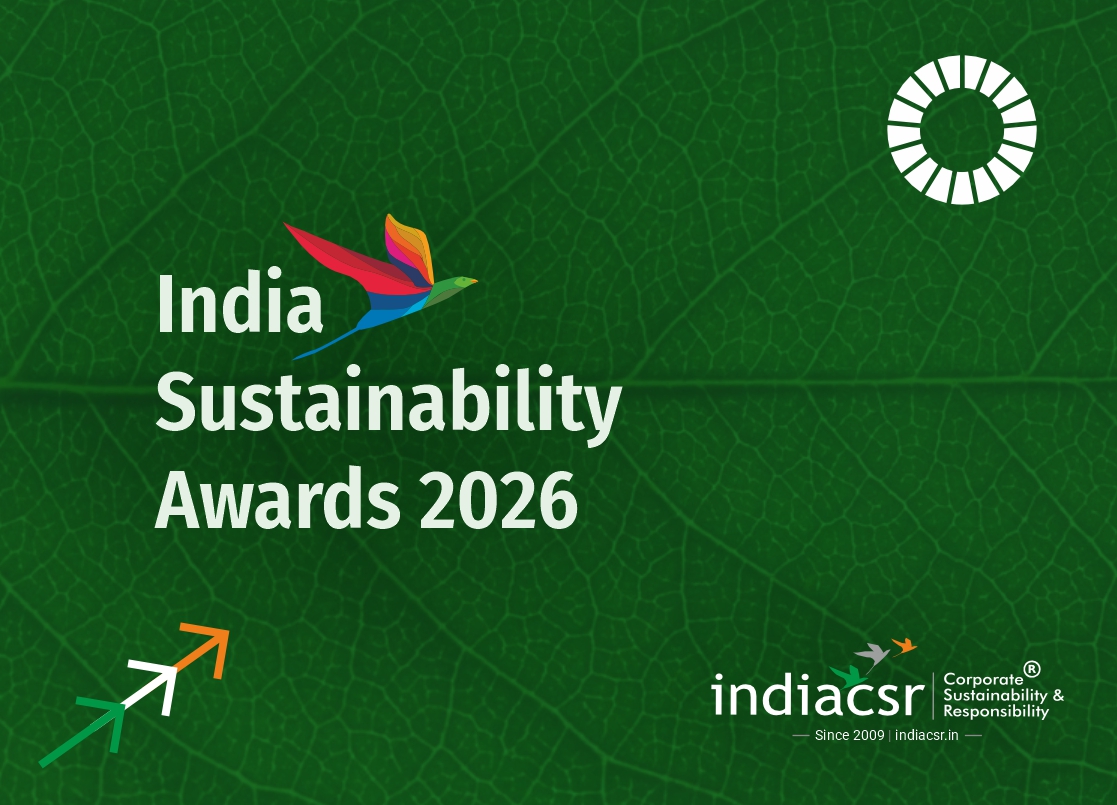By G. Jayanthi
NEW DELHI (India CSR): In an increasingly globalised agricultural market, India now faces a defining policy moment: how to integrate with global trade without leaving its smallest farmers behind. Unless we consciously build trade-agreements that protect small and marginal producers, we risk repeating patterns of unequal growth, rising debt, asset loss and rural distress.
India’s Smallholders: The Challenges
Smallholder farmers in India face a range of structural challenges that make them vulnerable. Landholdings are small and fragmented, input costs keep fluctuating, market linkages are not well established, and they have negligible bargaining power. Access to export markets also remains difficult for them due to strict global standards, high certification costs, and limited collective organisation. Excessive liberalisation of imports and slashing tariffs due to international trade agreements would expose these small producers to cheaper global competition and volatile commodity cycles. Without sufficient protection or buffer against risks, such a situation would be nothing less than catastrophic for them.
Global trade deals often assume that farmers will automatically gain from greater access. But experience shows that unless the rules are designed with smallholders in mind, the gains are skewed. India must ask: Who benefits from trade liberalisation? And how can we ensure that our farmers are not simply opening their gates to competition, but gaining from new opportunities on fair terms?
Why Trade Agreements Must Prioritise Smallholders
Over 80 % of India’s farming households are small or marginal. Trade policies must take into account their vulnerabilities otherwise they will end up further widening inequality, deepening rural fragility and concentrating growth in large agribusinesses.
Prioritizing smallholders is important for rural stability and food security. The ripple effects of marginalizing their interests in any trade deal would harm employment prospects of rural youth, trigger migration to cities and compromise viability of villages as economic units. Another important aspect is resilience in global markets. Smallholders organised into credible value chains are also better placed to ride global fluctuations and add value, rather than just being vulnerable to import surges.
Traditional Indian agriculture is increasingly valued worldwide for indigenous knowledge and sustainable practices that are in harmony with the rhythms of nature. If we sideline smallholders, we lose the authenticity and value-added potential of agriculture exports from India.
What India Needs to Do: Key Measures
Firstly, India must build treaty mechanisms that include safeguards for smallholders. When signing international trade deals, India must include sunset clauses, funds for adjustment programs for smallholders, and limits on import quotas for vulnerable crops grown by them. If imports threaten domestic produce grown by small farmers in any region of India, tariff safeguards should get triggered automatically.
Secondly, India must facilitate access of smallholders to export-ready value chains. It must support groups of small farmers through capacity building, government credit, aggregation platforms, and certification support, such as organic or sustainability labels. Encouraging cooperative models, digital platforms and farmer-producer organizations (FPOs) will help bridge the gap between international traders and grassroot producers.
Thirdly, India must invest in risk-mitigation. When a trade deal impacts domestic producers, smallholders must receive support to help them transition to the new regime. This can include insurance schemes, retraining the farmers, credit support, and access to alternative crops or value-added processing. Adjustment programs sponsored by the government can cushion the shock of transition, preventing distress sale of farmlands and loss of livelihoods.
Fourthly, India needs to promote a proactive “Make in India” for agriculture and allied sectors. Just as manufacturing emphasises local value-addition, agriculture trade policy must encourage processing, packaging and branding within India. Keeping most parts of the value-addition within the country will allow farmers to receive a fairer portion of the end-consumer price. Trade agreements should reflect this objective by facilitating inputs, machinery and technologies to boost domestic processing of agricultural produce.
In the light of ongoing global pressures on India to open its agricultural sector to international trade, the question before policy makers should be: How can India balance its dual goals of economic growth through international trade and inclusive development of rural communities? One should not be at the cost of other. The ongoing trade negotiations with various countries present a strategic window for policy makers to embed smallholder-friendly clauses, enabling India to become not only an exporter of agricultural products, but also a model for equitable, inclusive trade.
Stories abound: villages where smallholder farmers spent years building regenerative systems, only to struggle when cheaper imports flooded domestic markets; or FPOs that could have scaled if only a trade agreement had opened region-specific niche export windows. These narratives make trade policy real and human – they contextualise macro deals in the micro realities of India’s 140 million farming households.
India’s smallholders deserve to thrive — not just survive — in the global trade era. The diplomatic tables where tariffs are negotiated, and standards are set, must become arenas where the voices of marginal farmers are heard and their futures secured.
About the Author
G. Jayanthi, Director & Founder, Trustee, Action for Social Advancement (ASA).
(India CSR)









